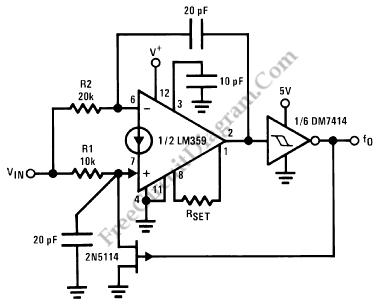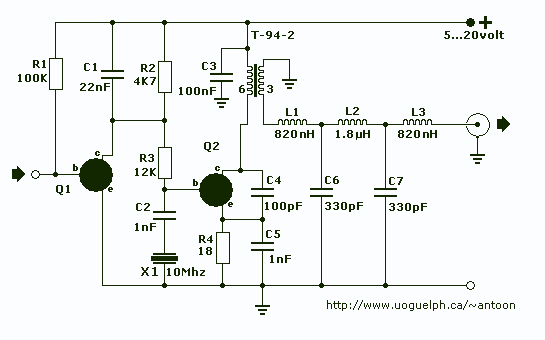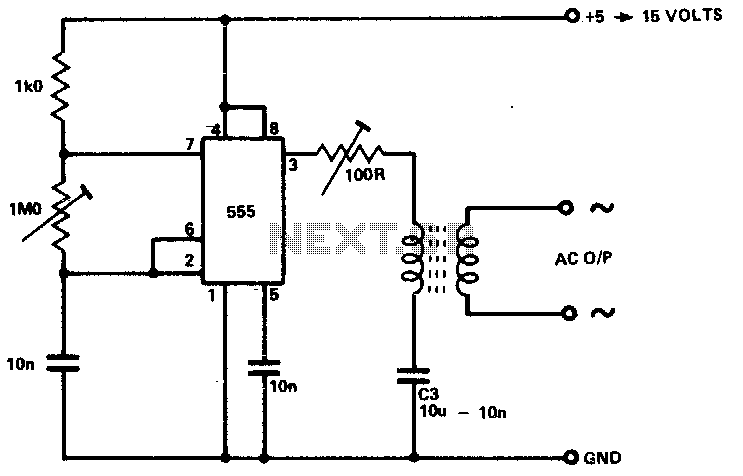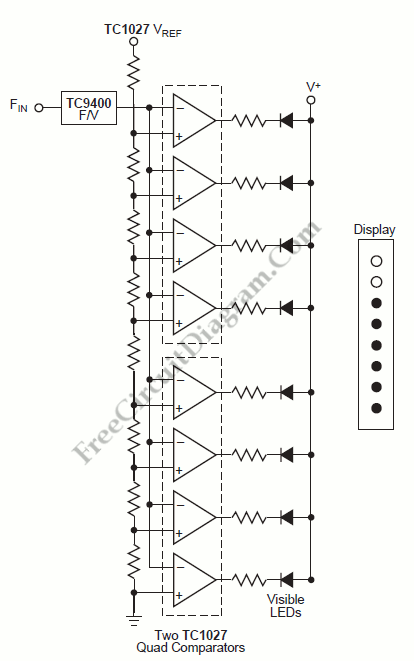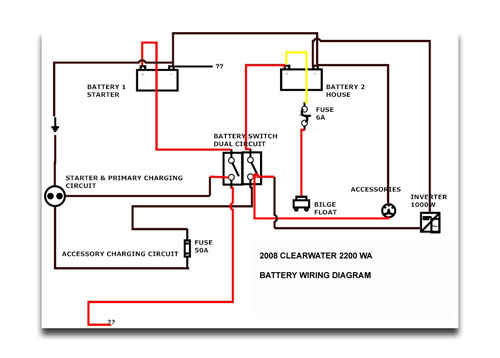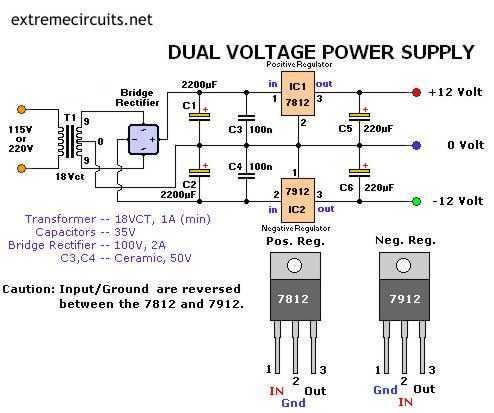
3 Digits Digital Volt Meter with PIC16F676

This is a simple 3-digit digital voltmeter. A PIC16F676 microcontroller is utilized to read analog signals (voltage) and display the value on a 3-digit 7-segment display. Similar principles can be applied to measure DC current using a parallel resistor shunt.
The circuit design for the 3-digit digital voltmeter involves several key components working in unison to accurately measure and display voltage levels. The core of this circuit is the PIC16F676 microcontroller, which is programmed to convert the analog voltage input into a digital format suitable for display.
The analog voltage signals are fed into one of the analog-to-digital converter (ADC) channels of the PIC16F676. The ADC converts the incoming analog voltage to a digital value, which the microcontroller processes. The resolution of the ADC in this microcontroller is 10 bits, allowing for accurate measurement of voltages within a specified range.
The 3-digit 7-segment display consists of three individual 7-segment modules, each capable of displaying numbers from 0 to 9. The microcontroller controls these segments by sending the appropriate signals to illuminate the required segments based on the processed digital value. The display is refreshed at a sufficient rate to ensure that the readings appear stable and readable.
In addition to measuring voltage, the circuit can be adapted to measure DC current. This is achieved by incorporating a shunt resistor in parallel with the load. The voltage drop across this resistor, which is proportional to the current flowing through it, can be measured using the same ADC channel. The microcontroller can then calculate the current based on the known value of the shunt resistor and display it on the same 7-segment display.
Powering the circuit typically requires a stable voltage source, which can be achieved using a battery or a regulated power supply. Additional components such as capacitors may be included for filtering purposes to minimize noise in the analog signal, ensuring more accurate readings.
Overall, this digital voltmeter design exemplifies the integration of microcontroller technology into measurement applications, providing a compact and efficient solution for voltage and current monitoring.This is simple 3-digits digital volt meter.PIC16F676 used to read analog signal(voltage) and display the value on 3-digits 7-segment. You can apply similar principles to measure DC current with parallel R shunt 🔗 External reference
The circuit design for the 3-digit digital voltmeter involves several key components working in unison to accurately measure and display voltage levels. The core of this circuit is the PIC16F676 microcontroller, which is programmed to convert the analog voltage input into a digital format suitable for display.
The analog voltage signals are fed into one of the analog-to-digital converter (ADC) channels of the PIC16F676. The ADC converts the incoming analog voltage to a digital value, which the microcontroller processes. The resolution of the ADC in this microcontroller is 10 bits, allowing for accurate measurement of voltages within a specified range.
The 3-digit 7-segment display consists of three individual 7-segment modules, each capable of displaying numbers from 0 to 9. The microcontroller controls these segments by sending the appropriate signals to illuminate the required segments based on the processed digital value. The display is refreshed at a sufficient rate to ensure that the readings appear stable and readable.
In addition to measuring voltage, the circuit can be adapted to measure DC current. This is achieved by incorporating a shunt resistor in parallel with the load. The voltage drop across this resistor, which is proportional to the current flowing through it, can be measured using the same ADC channel. The microcontroller can then calculate the current based on the known value of the shunt resistor and display it on the same 7-segment display.
Powering the circuit typically requires a stable voltage source, which can be achieved using a battery or a regulated power supply. Additional components such as capacitors may be included for filtering purposes to minimize noise in the analog signal, ensuring more accurate readings.
Overall, this digital voltmeter design exemplifies the integration of microcontroller technology into measurement applications, providing a compact and efficient solution for voltage and current monitoring.This is simple 3-digits digital volt meter.PIC16F676 used to read analog signal(voltage) and display the value on 3-digits 7-segment. You can apply similar principles to measure DC current with parallel R shunt 🔗 External reference
